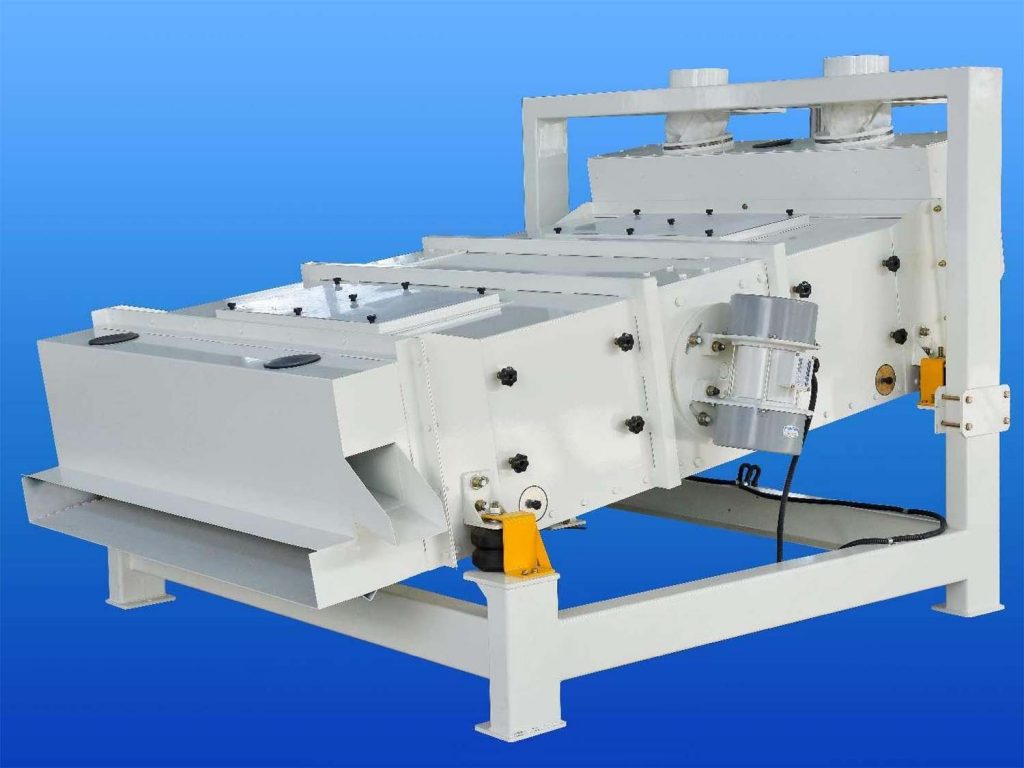In the grain screening process, self-balancing vibrating screens may develop various faults after long-term operation. These faults can negatively impact screening efficiency and quality. Below are practical solutions for common self-balancing vibrating screen faults.

Troubleshooting Mechanical Component Faults
Screen Mesh Issues
If the screen mesh is damaged, replace it with a new one promptly. Ensure the mesh is evenly tensioned during installation to prevent excessive localized stress.
If the screen mesh is loose, use the tensioning device to readjust its tension. Make sure the mesh is flat and fits tightly against the screen box to enhance screening accuracy.
Vibration Motor Issues
Check the motor's load to avoid prolonged overloading. Clear debris around the motor to improve heat dissipation.
If the motor speed is unstable, check if the power voltage fluctuates. Adjust the power supply promptly if voltage instability is detected.
Damping Spring Issues
When damping springs fail, replace any fatigued or damaged springs immediately. Ensure new springs are correctly installed to restore damping effectiveness and protect the foundation and surrounding equipment.
Troubleshooting Electrical System Faults
Power Supply Issues
If the power is unstable, inspect the power lines to ensure voltage stays within the equipment's allowable range. Install a voltage stabilizer to handle voltage fluctuations and check power connections regularly to prevent power outages.
Control Circuit Issues
In case of short circuits or open circuits in the control lines, inspect them carefully. Repair or replace damaged lines and ensure all connections are tight. Insulate the lines if necessary to prevent repeated faults.
Troubleshooting Other Common Faults
Uneven Feeding
If feeding is uneven, check the feeder design and the operation of the feeding conveying equipment. Adjust the feeder's position or size to ensure materials are evenly distributed on the screen surface.
Repair or adjust the feeding conveying equipment to guarantee a stable material supply.
Equipment Sealing and Leakage Issues
If you find poor sealing or leakage, replace any aging seals and ensure they are correctly installed. Check the equipment's connection points, retighten any loose parts, and make sure the screen mesh is securely fastened to prevent leakage.